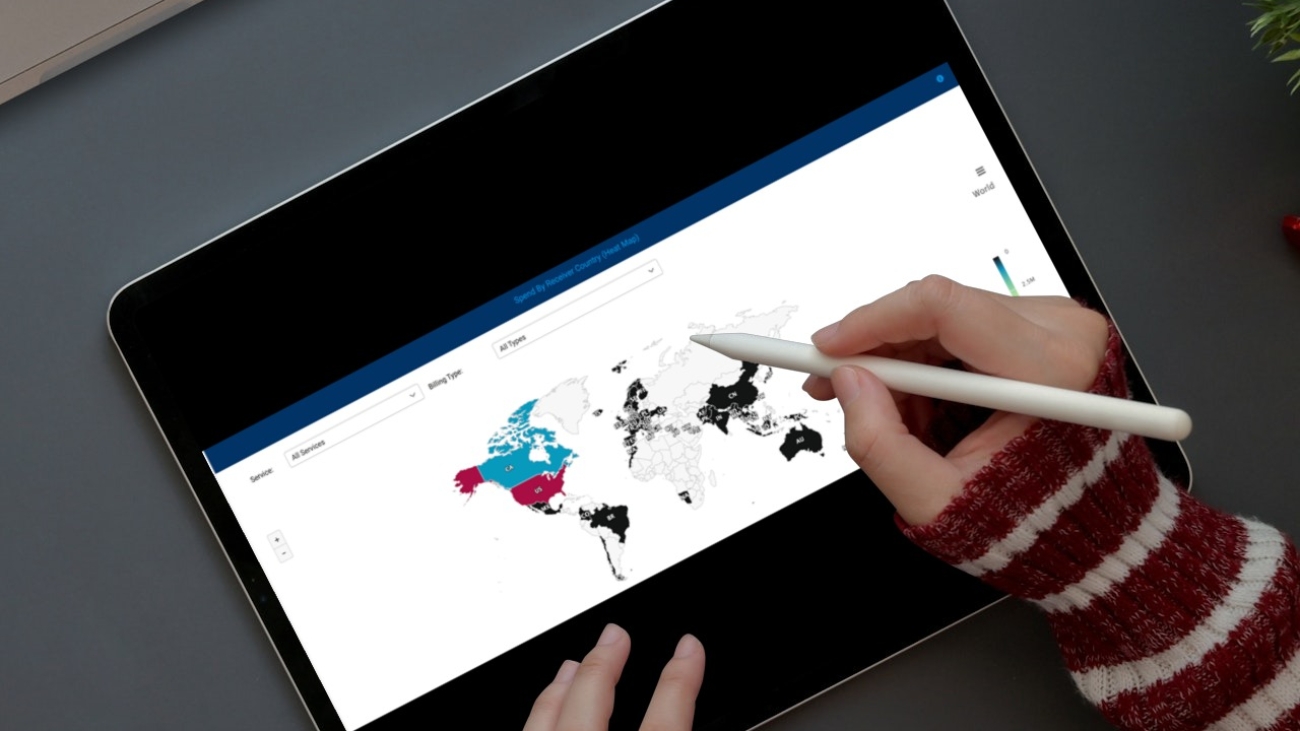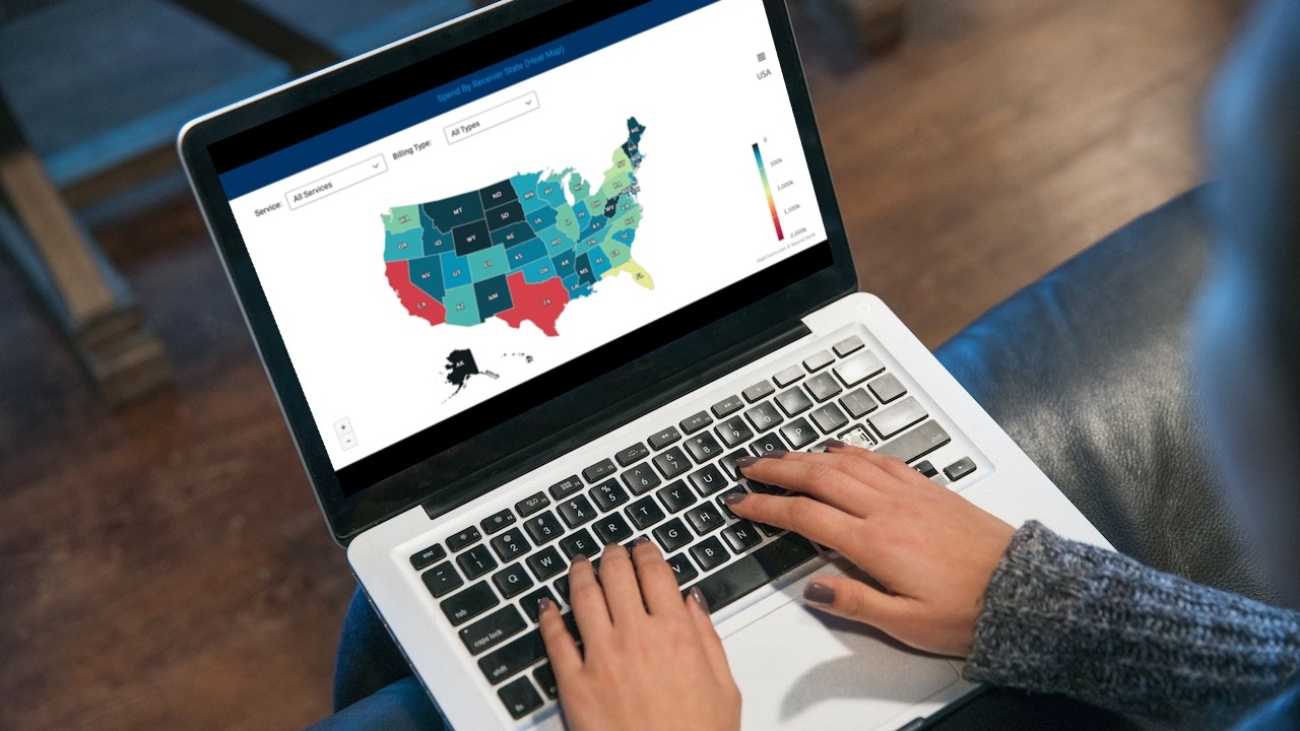According to some reports, the value of freight shipments across the US is increasing every year. Shipping data is vital for businesses to lower expenses. E-commerce retailers will look for ways to reduce shipping costs. Transportation modes, services, surcharges, and delivery speed affect shipments. Businesses require reliable shipping carriers that suit their business needs.
Leading shipping carriers like FedEx and UPS offer various services and pricing models. Calculating shipping costs is complex as shippers have to consider many variables. Shipping expenses are calculated based on delivery speed, destination, package weight, etc. Further, the US Shipping Zones are used by shipping carriers to calculate shipping expenses.
Understanding US shipping zones helps businesses optimize their delivery options. Shippers can make cost-effective decisions regarding their freight and parcel deliveries. Here, we will discuss the US shipping zones and the latest changes in the UPS Shipping zones. In addition, we will look at new UPS surcharges introduced in March 2025.
Understanding US Shipping Zones
The geographical distance for package delivery is a US Shipping Zone. The US Shipping Zone calculation is across the 48 contiguous US states. Alaska and Hawaii have separate Shipping Zones. The shipping zone calculation is on ZIP codes. It is from a package point of origin to its destination. It helps companies calculate package shipping time and shipping costs.
Usually, the calculation of US shipping zones starts from 2 to 8. It varies slightly between shipping carriers. The Zone number is bigger when the destination ZIP code is further from the origin ZIP code. The division of the US Shipping Zones is as
- Zone 2: within 150 miles of the origin
- Zone 3: 151-300 miles from origin
- Zone 4: 301-600 miles from origin
- Zone 5: 601-1000 miles from origin
- Zone 6: 1001 – 1400 miles from origin
- Zone 7: 1401 – 1800 miles from origin
- Zone 8: 1801+ mile radius from the origin
FedEx and UPS have their Shipping Zone numbers for different services. Moreover, the package weight across the Shipping Zones influences the shipping costs. For example, FedEx First Overnight service for a five-pound package in Zone 2 amounts to $82.45. On the other hand, in Zone 4, for the same services and package weight, the charges increase to $142.05.
UPS numbers Shipping Zones for internal purposes. For instance, UPS Next Day Air Early service numbers its Shipping Zones as Zone 102 to Zone 108. Another service, UPS 2nd Day Air A.M., numbers its Shipping Zones from Zone 242 to Zone 248.
Shipping calculator tools are available on the websites of many shipping carriers. It helps businesses estimate their shipping costs. FedEx has a particular site for calculating shipping rates based on origin and destination ZIP codes in the US. On the other hand, it is different for UPS as it allows the user to enter the first three digits of a ZIP code and then sends a corresponding Excel sheet for calculations.
UPS Shipping Zones
UPS Shipping Zones vary for US domestic shipping and to other countries like Canada and Mexico. The shipping rate calculation also varies based on the package weights and services.
UPS has a service guide that supplies complex information. Experts in this field can understand its rules and fees. Audintel provides simplified information to shippers.By leveraging our knowledge of UPS Shipping Zones, we offer several cost-effective strategies to businesses.
UPS Shipping Zones change
UPS announced recently that the US shipping zones will change for some origin/destination ZIP code pairs from March 24, 2025. Some experts believe that these changes will affect shipping costs. However, Audintel has a different outlook towards these statements.
Our Analysis of the UPS Shipping Zone Change
We have analyzed the “ZIP code pairs/combinations” of UPS based on the March update. The changes are for some ZIP code combinations. Our analysis shows:
- Previously, UPS had 365,000 ZIP combinations. Now, it has increased to 1,164,000. These values indicate that UPS has fine-tuned its delivery commitments.
- Out of the 1.1 million ZIP combinations, about 54,854 sets of ZIP combinations are different. Further, 30% of these changes resulted in higher zones. But, 70% of these changes saw a decrease in Shipping Zones.
- Packages shipped to densely populated cities in areas like New Jersey were affected.
- Shipping packages to remote locations will be costly for businesses.
- A higher density of packages to cities will cost less with the lowering of the shipping zones.
The outcome of Audintel’s analysis
Analysis of shipping data will help reduce shipping costs for businesses. Shipping rate changes announced by carriers need thorough scrutiny. It will help shippers make well-informed decisions. Audintel has software tools that provide shippers with data visibility. We also alert shippers regarding new surcharges introduced by shipping carriers.
UPS announced changes in new rates
UPS announced a few surcharge updates and new fees affecting shipping costs. These changes include:
- UPS Fuel surcharge
UPS Fuel surcharges are subject to change weekly. However, from March 10, 2025, UPS has adjusted fuel surcharges for UPS Ground Domestic and UPS SurePost® services. The increase in fees is 0.5%. A fuel surcharge applied to each package can increase shipping costs. Consolidation of shipments to reduce the shipping frequency will save money.
- Paper Commercial Invoice Services Surcharge
UPS has imposed a $10 fee for each shipment to the shipper. It is for not providing digital commercial invoices using UPS Paperless® Invoice services before UPS processing. This surcharge came into effect from March 17, 2025.
- Check Fee and Wire Fee
For every payment done by check or wire transfer, UPS is levying a $25 fee. The fee is applicable on or after March 31, 2025. It is not for Automated Clearing House (ACH) payments.
- Print Invoice Fee
Each shipper or payor has to pay $5 for a paper-printed UPS invoice copy from March this year.
- Late Payment Fee
This fee will increase from 8% to 9.9% of the balance of the prior dues. It also includes previous late fees.
Companies can adopt digital payment solutions to avoid the latter three fees. Payment by ACH is encouraged as it will not attract additional charges.
Wrapping up
Free shipping helps businesses get new customers, but free return shipping has challenges. Thus, companies must optimize logistics and use carrier discounts to reduce expenses. Shippers need awareness of carrier fees, which can lower shipping costs. Shipping carriers like UPS announce updates to their customers about the changes in fees and surcharges. In addition, businesses have to face UPS off-cycle changes in their shipping zones and fees. Thus, it is vital that shippers review their carrier contracts and pricing regularly.
Audintel aids shippers in analyzing carrier contracts regularly. Our team members have worked for leading shipping carriers, so they know the intricacies of contract negotiations. Our carrier pricing data analytics can navigate the complexities of UPS Shipping Zones. We calculate shipping costs for businesses based on the complex carrier rates.
To learn more about how UPS Shipping Zones will affect costs, contact us at
+1 (619) 354 8539. In addition, visit our Audintel website for information about our AI-enabled audit services, that can be customized to your business needs.





